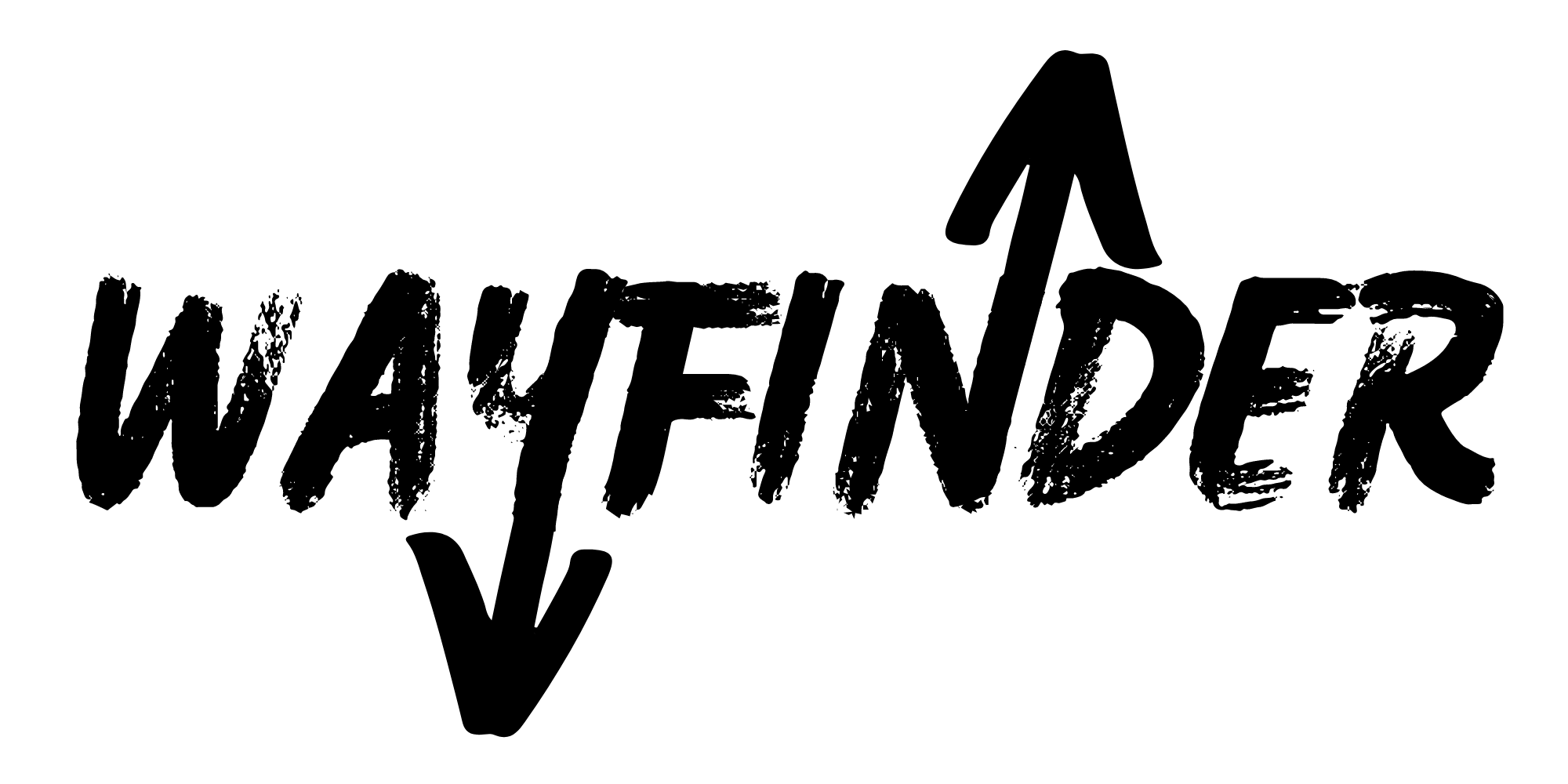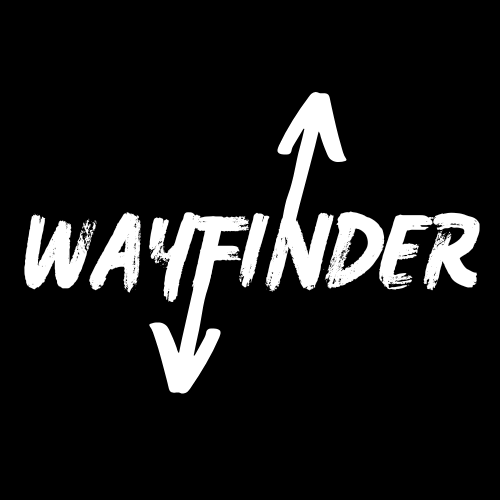When you buy an investment property, the down payment isn’t the only thing you need to budget for. You also have to pay closing costs, usually 2% to 5% of the cost of the property. If a property’s purchase price is $400,000, for example, the closing costs will be $8,000 to $20,000.
This is a significant expense, and many real estate investors don’t have that much saved to pay upfront closing costs. However, there is a strategy you can use to buy properties without paying closing costs upfront. You may be able to defer payment of the closing fees by rolling them into your mortgage.
What Are Closing Costs?
Closing costs are fees charged by your lender and other parties when you buy an investment property. They are usually associated with processing your mortgage loan. Closing costs are typically paid by the buyer at the closing, but the seller can also partially or fully cover closing costs. Who pays these costs can be negotiated before the closing.
The closing costs you will be required to pay when buying a property will vary depending on the mortgage loan lender and other factors.
Typically, fees you may encounter include:
- Notary
- Courier
- Escrow
- Attorney
- Appraisal
- Recording
- Credit report
- HOA transfer
- Title insurance
- Loan application
- Bank processing
- Mortgage origination
- Loan discount points
How to Roll Closing Costs Into a Loan
The process to roll your closing costs into your mortgage is simple, and your lender will take care of the details. The first step is to ask your lender if they will allow you to roll your closing costs rather than have you pay closing costs upfront. If your lender approves, the closing costs will be added to the loan amount (the principal), and you will repay them over time with your regular monthly mortgage payments. This, of course, will also mean larger monthly payments but less upfront costs.
It’s a good idea to shop around before selecting a mortgage lender to make sure you get the best deal on your mortgage interest rate and the lowest fees. This also gives you an opportunity to find out which lenders will let you roll closing costs into your mortgage.
Pros of Rolling Closing Costs Into Your Mortgage
If you are thinking about buying an investment property, there are several important reasons to consider rolling the closing costs into your home loan monthly payment. By reducing your upfront costs, you may be able to put down a higher down payment or save your money for other expenses.
You don’t have to save as much
Because home closing costs can be significant, it may take you a while to save enough to cover them. If it takes several months or years to save for this expense, you could delay getting started in real estate investing. It could also slow the growth of your investment portfolio if you are already an investor.
You can pay closing costs over time
Adding closing costs to your mortgage lets you pay them over time. This allows you to spread the cost over 15 to 30 years, depending on your mortgage term. This may allow you to buy a more expensive home than you would if you had to come up with the money upfront.
It makes sense for certain investing strategies
With a long-term investing strategy, ideally, you will structure your loan so that your monthly rental income covers all your monthly expenses. Although the total cost of borrowing will be higher, a long loan term can be used to keep your monthly payments affordable if you roll the closing costs into your mortgage.
You can buy properties faster
Some investors may need to sell assets to free up money to pay for the closing costs on new investment properties. Financing these costs may help you buy a property when your assets are not liquid, which helps you grow your portfolio faster.
You can make a higher down payment
Deferring the payment of closing costs may allow you to put down a higher down payment. The more you put down when buying, the higher your equity will be after you close. This could allow you to borrow more to rehab the property if you will be applying for a home equity loan or HELOC.
Cons of Rolling Closing Costs Into Your Mortgage
Although rolling closing costs into your loan is a great way to defer the cost, there are some important negatives to consider. Everyone’s financial and investing situation is unique, and it’s important to carefully evaluate both the pros and cons before making a decision.
You will pay more interest
If you finance your closing costs, you will have to pay interest on the extra money you borrow. This will increase the total cost of borrowing. You can use an online mortgage calculator to estimate your monthly payment and the total cost when you add the closing costs to your loan.
Your monthly mortgage payments will be higher
Your monthly mortgage payment will be higher if you roll the closing costs into your loan. This is an important consideration regardless of the real estate investment strategy you are using. It’s important to make sure you can afford the higher payments so you won’t have a negative cash flow situation.
Not all lenders allow you to finance closing costs
Whether you can finance your closing costs depends on the lender. This is why it’s important to verify that you can do it before you officially apply. If you get a “no” from your lender, check with other lenders to see what they offer.
It increases your loan-to-value ratio
Many real estate investors use the equity in their properties to qualify for home equity loans or HELOCs, which are used to rehab. An important factor that mortgage lenders use when evaluating borrowers for these loans is the loan-to-value ratio, an assessment of lending risk.
When you finance your closing costs, it increases the loan-to-value ratio. This could harm your chances of qualifying for the rehab loan you need. Increased risk could also result in you having to pay a higher interest rate if you do qualify.
There will be other costs
Closing costs aren’t the only expenses you need to budget for when buying a property. You will also need to pay for the home inspection, homeowners insurance policy, taxes, HOA dues, and other third-party payments that are not considered closing costs.
You may not be able to roll these costs into your mortgage, which means you will have to pay for them upfront. Any delays in these payments could increase the time it takes to close.
Other Options to Reduce Closing Costs
Before you roll closing costs into your mortgage loan, it may be worth your time to see if you can lower them first. Lowering your closing costs may allow you to pay them upfront, which will help to decrease your monthly payments and save money on interest.
Here are several strategies to reduce your closing costs.
Compare loan estimates
A loan estimate form is an itemized list of the mortgage closing costs provided by your lender. Although it is usually issued after you officially apply for a mortgage, you can request it before you apply.
If you obtain loan estimates from multiple mortgage lenders, do some comparison shopping to see which lender has the lowest fees. Keep in mind, however, that there is no requirement that a lender must provide you with the loan estimate form before you officially apply.
Negotiate fees with your lender
A lender’s fees aren’t always written in stone, and your lender may have the flexibility to waive or lower some of them if you ask. Be sure to go over the closing costs so you will understand exactly what you are paying for.
If you see anything that looks vague, ask for an explanation. If your lender is unable to give you a satisfactory answer, you may be able to have it removed.
Negotiate with the seller
When buying property, closing costs are sometimes negotiated with the seller. You may be able to negotiate an arrangement, for example, where you split the closing costs. This strategy may not work in a seller’s market, however, when properties have multiple offers. It depends on the current real estate market and how motivated the seller is.
Ask your lender about discounts
If you are an established customer, your lender may be willing to lower your mortgage closing costs if you ask. Lenders sometimes do this to reward long-term customers for their business.
Consider a no-closing cost mortgage
Some lenders offer what’s referred to as a “no-closing cost mortgage.” Here, the lender covers the closing costs and earns the money back by charging a higher interest rate over the life of the loan.
The primary benefit of a no-closing cost mortgage is that it allows you to buy a property without having to save extra money for closing costs. This could allow you to make a higher down payment, use your extra money to rehab, or buy more properties.
There are some important negatives of no-closing cost loans to consider. First, the total cost of borrowing will be higher than if you had paid the closing costs upfront because of the extra interest you will pay. Also, some lenders may include a loan prepayment penalty provision in the terms to discourage you from paying off your mortgage too soon. They want to make sure you keep the mortgage long enough for them to recoup the closing costs.
The Bottom Line
Rolling closing costs into your home loan is an excellent strategy long-term investors can use during a real estate transaction to grow their portfolios. This method may not always work for short-term investors, however, like those who are using the fix-and-flip or BRRRR method. It depends on the lender and whether there’s a loan prepayment penalty provision in the terms.
Before you roll closing costs into your mortgage, be sure to try some strategies to lower them first. You may be able to save by negotiating with your lender and the seller. You have nothing to lose by asking, and the savings could be substantial.
Join the community
Ready to succeed in real estate investing? Create a free BiggerPockets account to learn about investment strategies; ask questions and get answers from our community of +2 million members; connect with investor-friendly agents; and so much more.
Note By BiggerPockets: These are opinions written by the author and do not necessarily represent the opinions of BiggerPockets.





